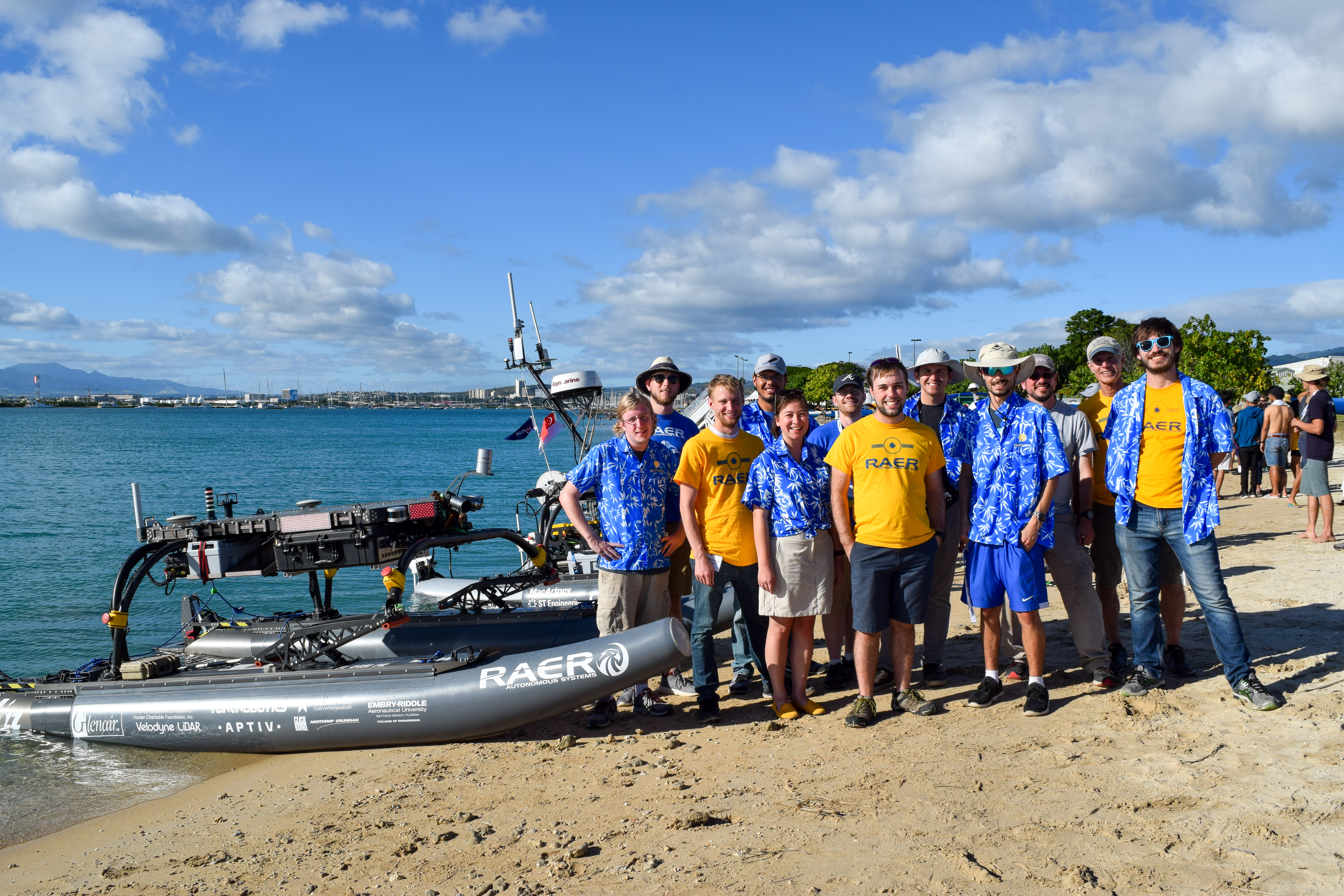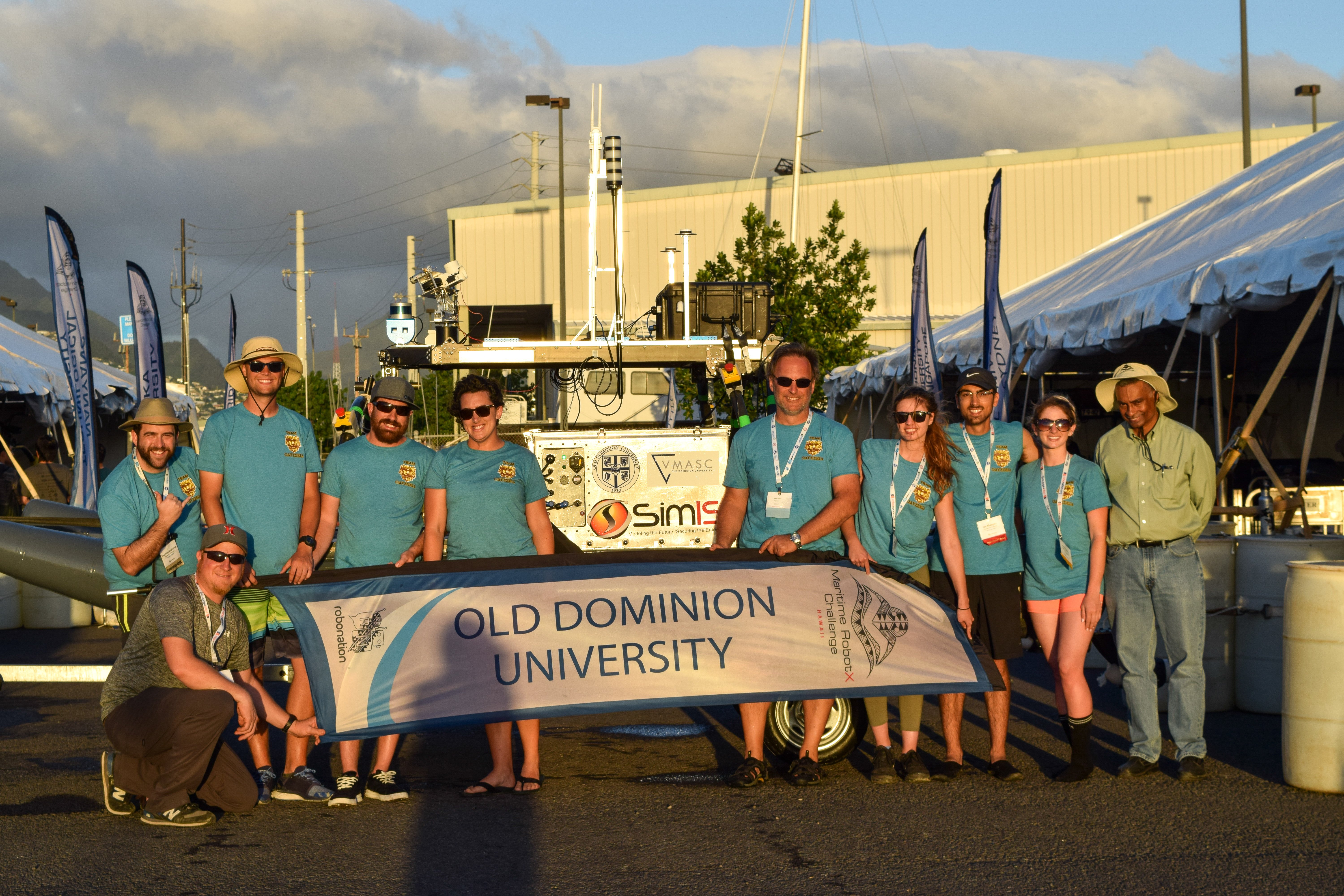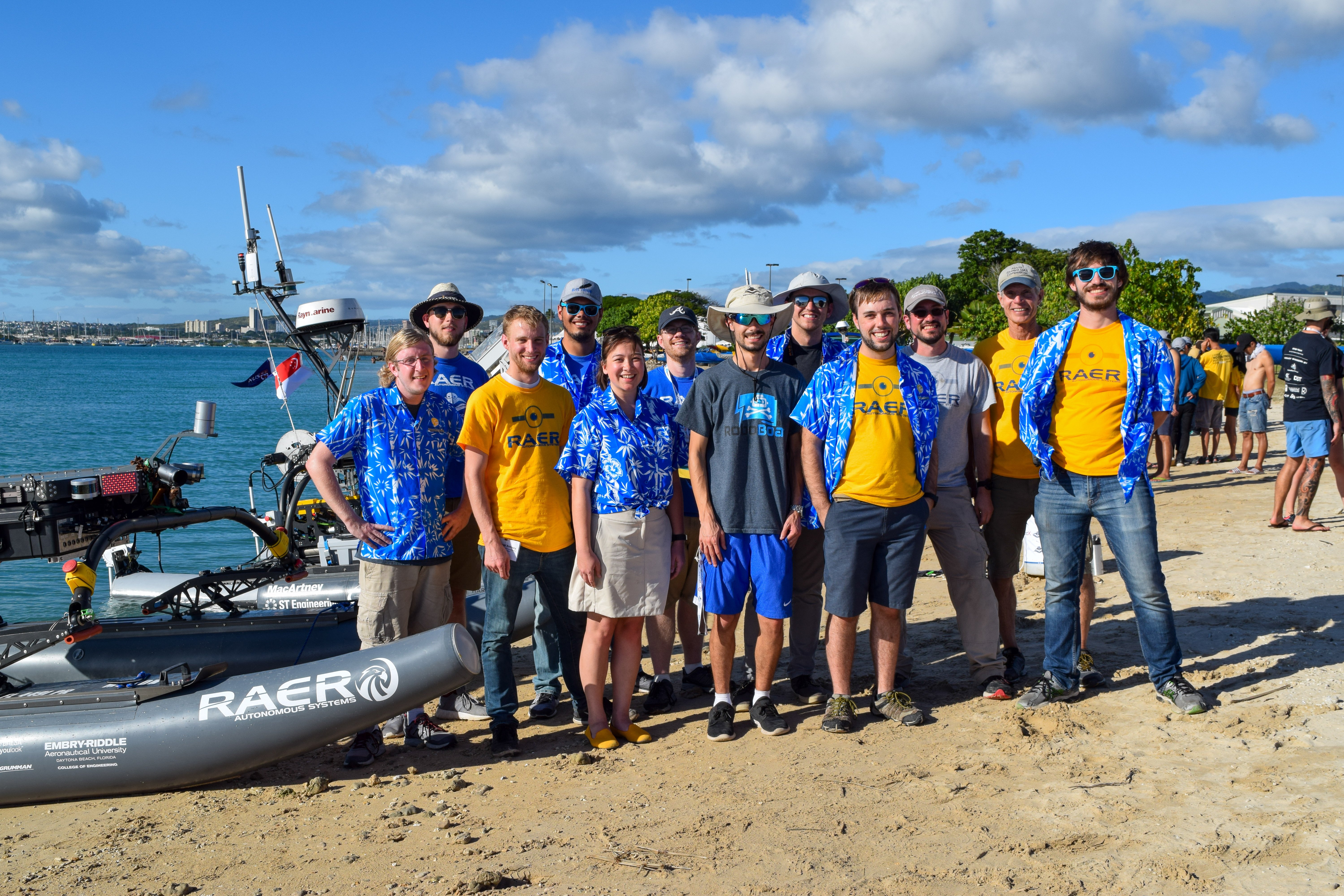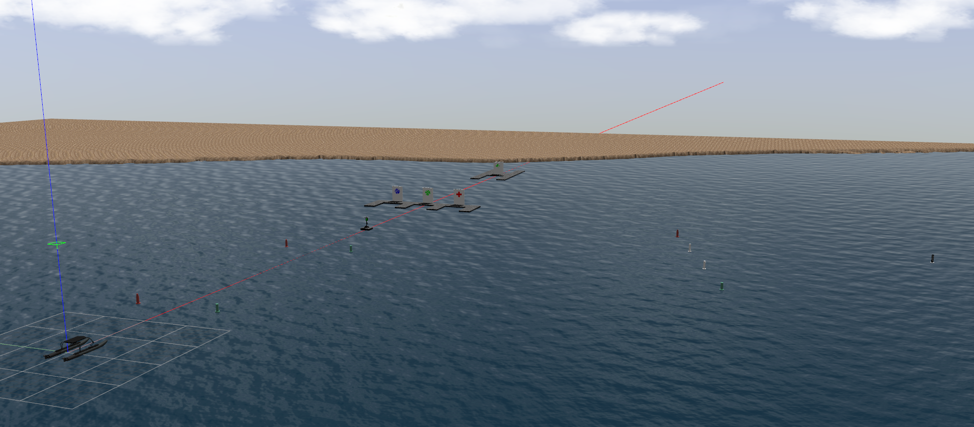via Jacksonville Business Journal
Veterans, active duty service personnel and defense industry contractors gathered at the recently renovated Lexington Hotel Tuesday and Wednesday to find ways to meet the technological needs of the U.S. military.
The event – headlined by the likes of former Air Force secretary F. Whitten Peters, former assistant deputy secretary of the Navy for unmanned systems Frank Kelley and retired Rear Admiral Jim Robb – offered insights into both the needs and interests of the military and ways to avoid the pitfalls of procuring and fulfilling government contracts.
Participants spent much of the event focusing on one of four tracks: augmented and virtual reality for simulators, autonomous vehicles, cyber defense or defense contracting.
Speakers highlighted current U.S. capabilities and ongoing projects, like the use of artificial intelligence for submarine detection, tactic iterations and flight report intake, but Embry-Riddle Aeronautical University students stole the spotlight Tuesday afternoon with a display of their unmanned vessel.
The 16-foot vessel is guided by GPS, LIDAR, thermal cameras and conventional cameras. It is capable of identifying and avoiding obstacles and deploying a small submarine or quadcopter drone, and a team of about 15 students is working to add capabilities like mapping and infrastructure surveying.
The vessel, which graduate student Marco Schoener estimated costs about $250,000, took third in a competition the students attended in December. It runs on four batteries, which last up to 8 hours of continuous use or up to 12 hours with idling. Schoener oversaw the unmanned vessel’s deployment on the St. Johns River Tuesday with a remote capable of taking control at a moment’s notice. Other students followed the vessel by boat.
Schoener, who is studying mechanical engineering with a focus on robotics, has been working on the vessel since 2016. He took particular pride in the vessel’s ability to drive sideways in Tuesday’s demonstration, the kind of pride common among engineers when a complex machine accomplishes a simple task without error.
“It’s autonomy, anything can happen,” said Schoener.



